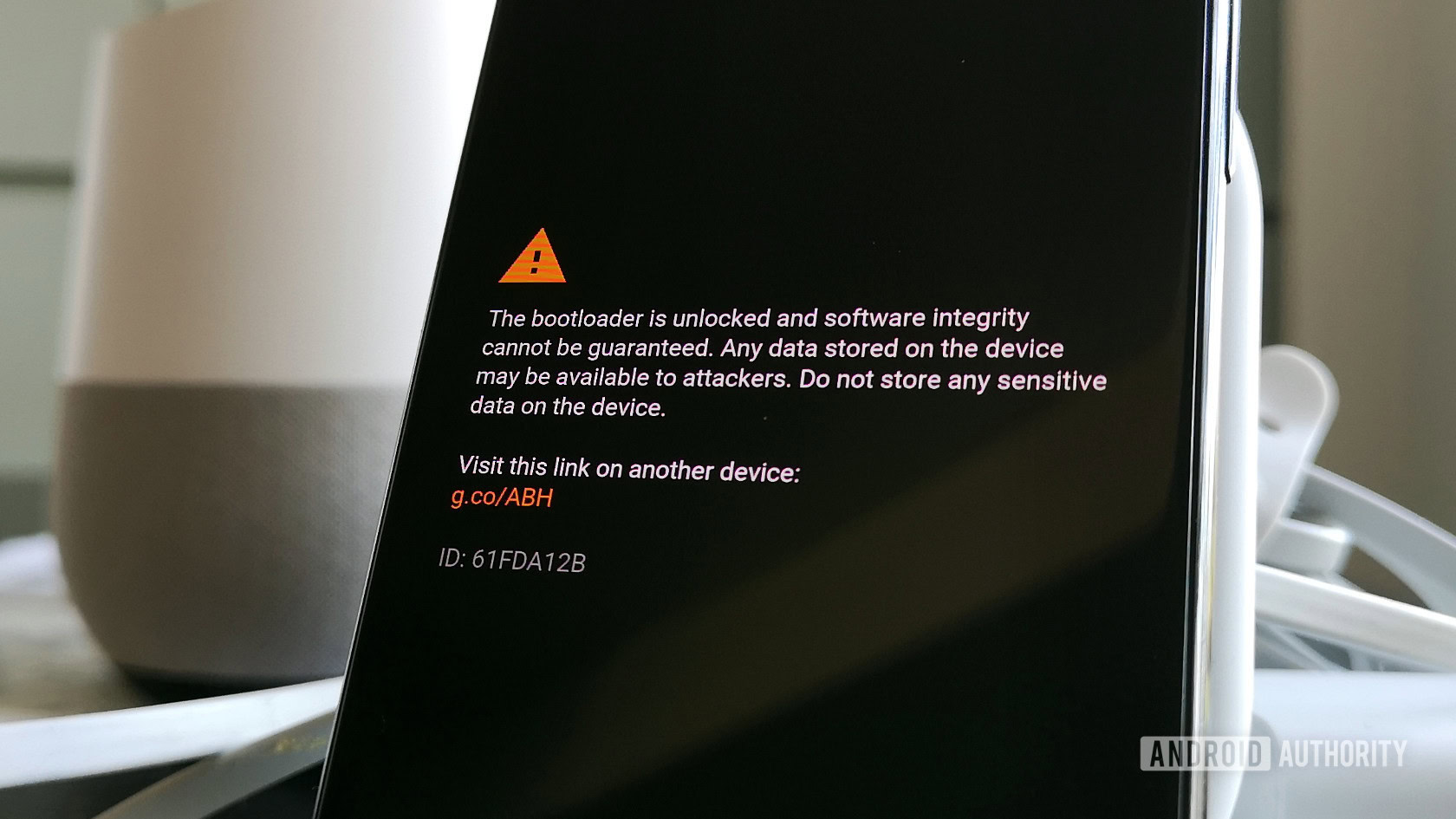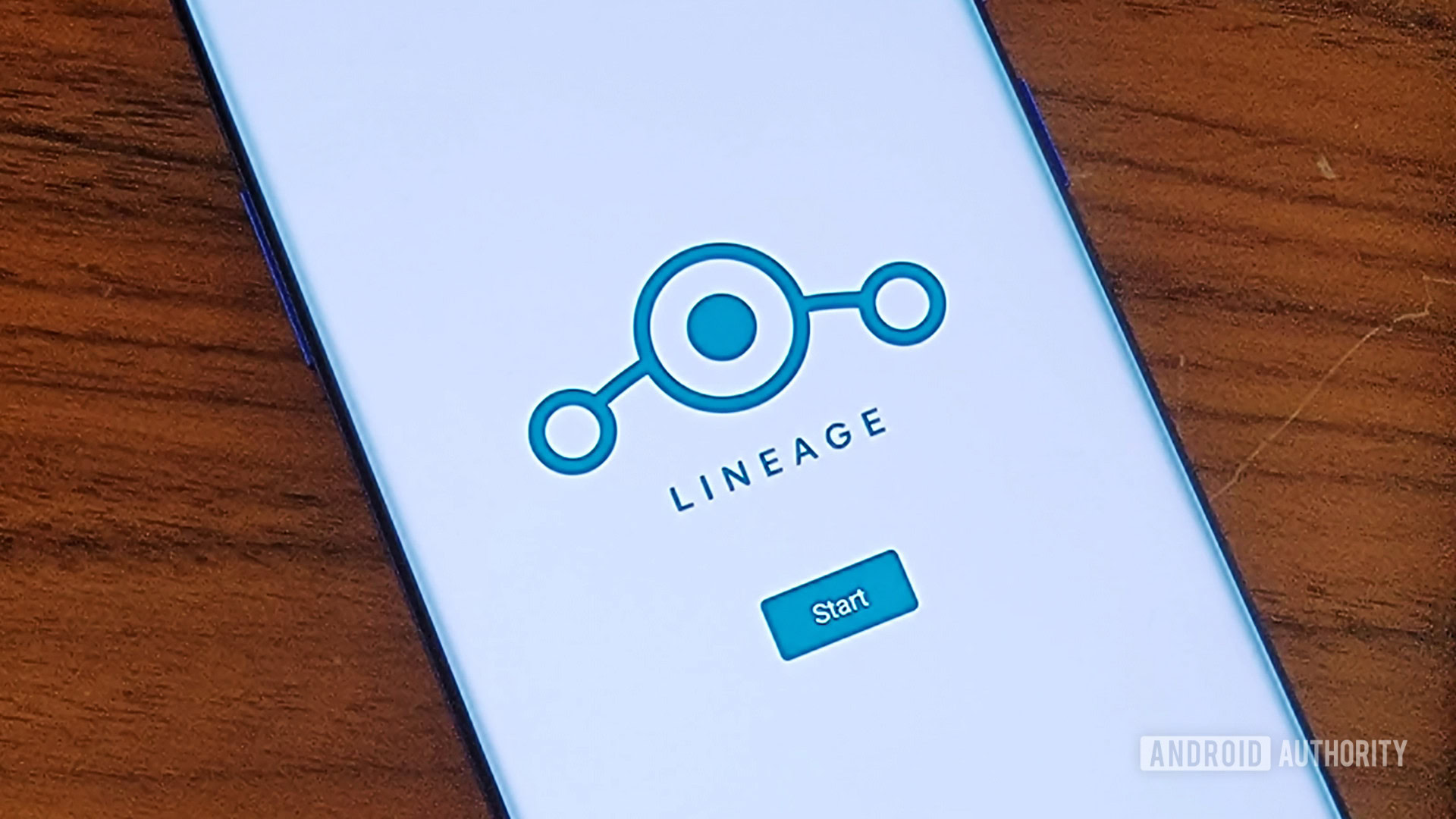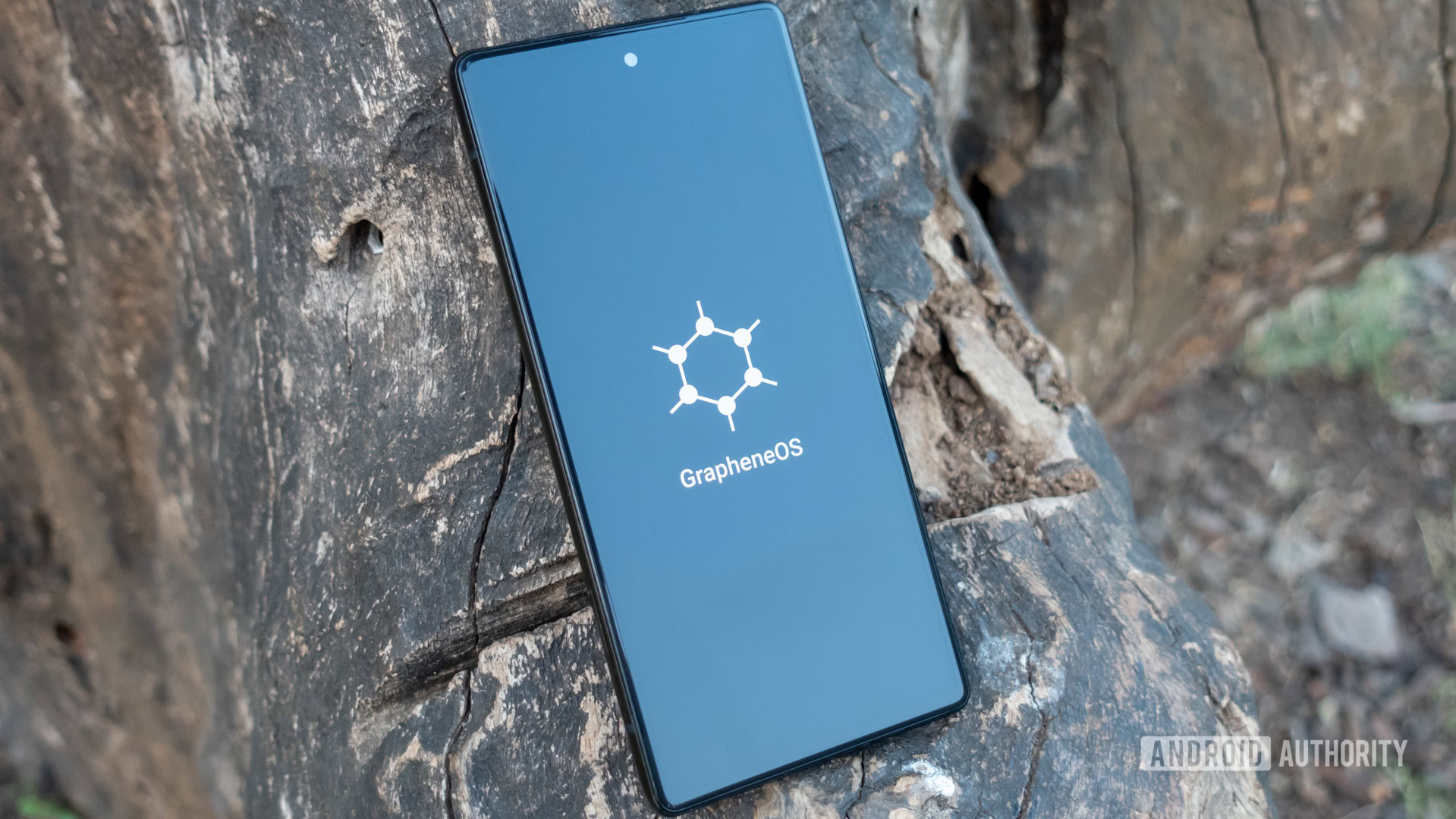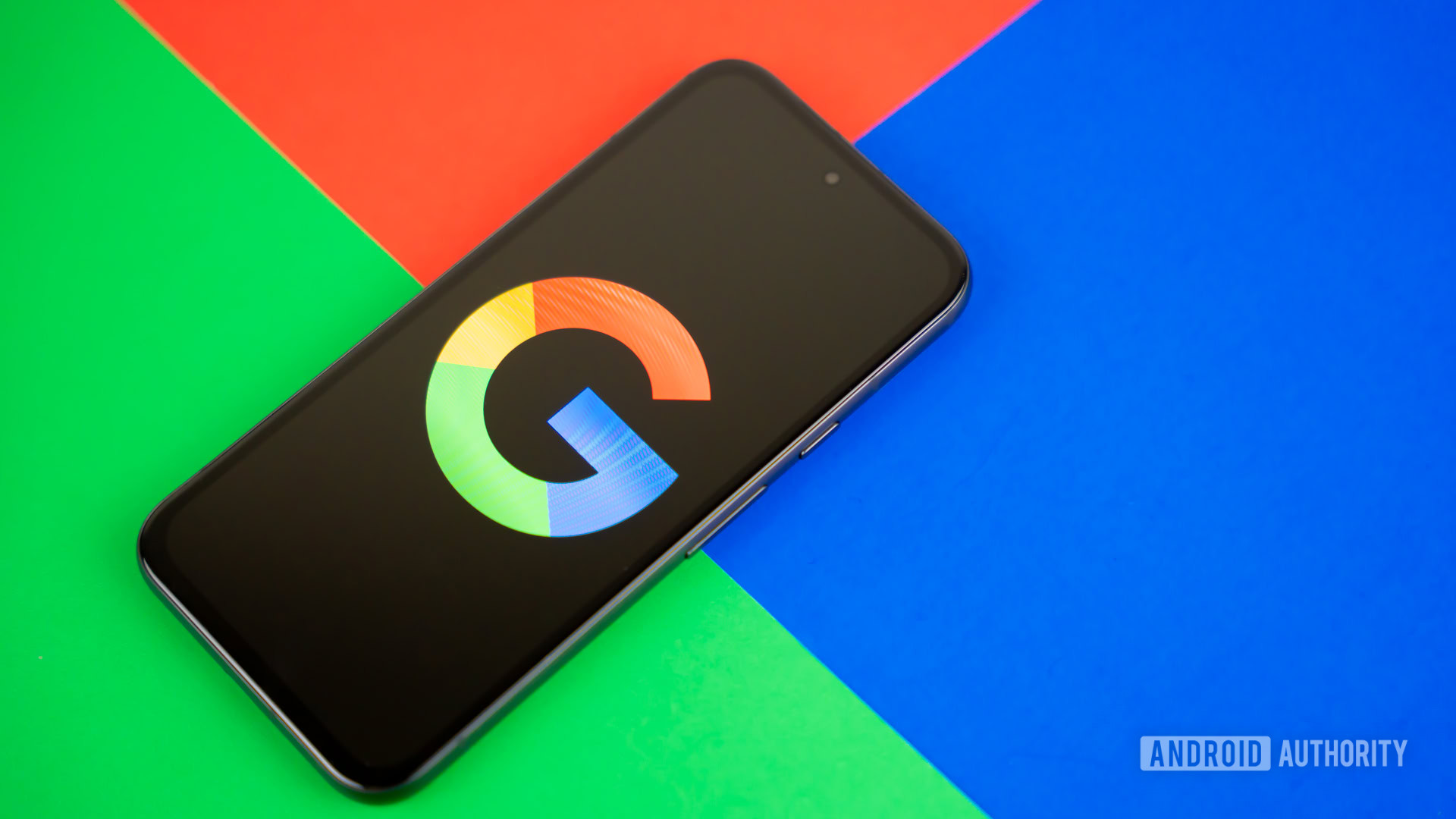Edgar Cervantes / Android Authority
Android used to be synonymous with freedom. If you didn’t like your phone’s interface or bloatware, you could simply install a custom ROM — the colloquial term for a forked version of the Android operating system. But that golden era is quickly disappearing, as yet another major Android fork has run into troubles.
CalyxOS, a major privacy-focused Android distribution, announced a sudden freeze on future releases earlier this month. While the project isn’t dissolving entirely, it won’t receive any updates for the foreseeable future. That news coincided with the departure of two of the project’s most recognizable leaders. Needless to say, zero security updates would be a death knell for any operating system, but it’s even more problematic for a privacy-focused Android fork.
While dwindling interest among the masses hasn’t helped custom ROMs, Google’s changes to Android have only made the situation worse. CalyxOS isn’t the first project to falter under these pressures, and it likely won’t be the last.
What is CalyxOS, and why is it hitting pause?

CalyxOS is a privacy-centric operating system that offers a de-Googled experience while still retaining most of Android’s modern conveniences.
While I have personally favored its competitor, GrapheneOS, over the years, alternatives such as CalyxOS have also amassed a loyal following and user base. Until recently, CalyxOS boasted ongoing support for over two dozen devices, including Google’s Pixel lineup, a handful of Motorola phones, and the Fairphone. This is in stark contrast to GrapheneOS, which mandates a laundry list of security features that only the Pixel series has fulfilled so far. Moreover, the latter only supports devices with active manufacturer support, while CalyxOS only recently dropped support for the Pixel 4a series.
Graphene and Calyx take drastically different approaches to security, though, and also differ in their support for Google apps. Calyx uses microG, which is an open-source implementation of Google’s Play Services libraries. In short, it allows you to enjoy most of the features you’d expect from an Android phone without ever installing Google’s proprietary app suite. GrapheneOS, on the other hand, heavily sandboxes all Google apps to the extent that they cannot access your phone’s data.
CalyxOS encouraged the use of microG, an open-source alternative to Google Play Services.
GrapheneOS also hardens and extends the Android security model with several new features, ranging from the aforementioned Google sandboxing to entirely new permissions and features, such as a duress PIN. CalyxOS doesn’t go as far in the name of security, but it’s still a very viable choice for those looking to remove Google’s influence from their devices.
Unfortunately, however, the project is now on a hiatus for the next four to six months — if not longer. In an open letter, an unnamed member of the team said that it would take time to “upgrade the tech infrastructure supporting CalyxOS development” and improve documentation. This isn’t the first time a custom ROM has taken a hiatus; Paranoid Android and Pixel Experience saw intermittent development until they eventually ceased to exist, although Calyx has assured its users that it will be back. We know little else about the team’s plans, but we do know that the project’s leadership abruptly stepped down.
GrapheneOS is now the last remaining bastion of privacy on Android.
With Calyx’s pause, GrapheneOS is now the only major privacy-first Android OS left standing. I think the project gets a lot right, and I’ve written extensively about its many features, but it has its limitations. Google only sells the Pixel lineup in a handful of countries, making GrapheneOS relatively inaccessible. Many also begrudge that the only way to escape Big Tech’s chokehold involves buying Google hardware. Still, it’s the only choice for anyone serious about privacy now.
The CalyxOS team almost certainly won’t develop a build for the new Pixel 10 series anytime soon, and they even pulled all download links to past releases at one point. While the latter has been restored, I would not run an unsupported operating system with no updates on the horizon. Plus, when new builds start rolling out again, the team says all users will have to perform a fresh install anyway. Whether CalyxOS will return remains unclear at this point, but the challenges it faces are not unique by any means.
Why custom Android ROMs are going away

C. Scott Brown / Android Authority
Hardware choice has played a big role in the decline of custom ROM development over the years. Brands like LG and Essential offered generous flexibility to modders, but those brands have long since exited the smartphone market. Sony remains, but it has become too niche for a community to form around.
Perhaps the most disappointing transition has to be OnePlus, which started off by courting enthusiasts with easy unlockable bootloaders and active engagement on developer forums. The OnePlus One was the first mainstream phone to run CyanogenMod (now LineageOS). Over time, however, the company has moved closer to following in OPPO’s footsteps, offering fewer resources to developers and practically no acknowledgement of the community that built the brand.
With modern bootloader restrictions, it’s no wonder why the custom ROM scene is on life support.
That leaves Motorola, Samsung, and Google, whose devices make up the bulk of the Western Android market. Even though Google’s Pixel line is open in principle, it no longer offers the same level of developer support that made the Nexus series so popular for experimentation. And it doesn’t help that Google has now stopped providing driver binaries and device trees for Pixel devices as part of the AOSP’s code.
Finally, Samsung has some of the most restrictive bootloader policies in the industry. The company’s devices contain a fuse that permanently trips the moment the bootloader is unlocked. Even if the bootloader is later relocked, this fuse doesn’t reset.
Once this fuse has been tripped on a Samsung device, you cannot use features like Samsung Pay, Secure Folder, and some enterprise apps. Needless to say, devices with a tripped Knox are much less attractive on the used market, too. But it gets worse. We’ve spotted signs that Samsung may end support for bootloader unlocking altogether with the next One UI release.
So much for choice and privacy

Calvin Wankhede / Android Authority
In 2025 alone, both Google and Samsung may have dealt significant blows to the custom ROM scene. But that’s just on the hardware side of things — the software restrictions are equally dire, and are almost entirely why so few Android custom ROMs exist today.
Samsung and Google have landed devastating blows to the custom ROM community in 2025 alone.
Many might remember Google’s SafetyNet checks as the first major hurdle to custom ROM development. It checked device integrity, and if the phone failed, certain apps — especially banking and payment services — would refuse to run. However, SafetyNet was eventually defeated via creative workarounds, and many users continued to run Android forks, myself included.
Unfortunately, that success was short-lived. Google has since moved to using the Play Integrity API, which enforces stricter checks that most custom ROMs cannot fulfill. Even if you don’t root your phone and relock the bootloader after installing a different OS, a small number of apps can still phone home to Google servers and check whether your phone matches the factory state. Luckily, most apps don’t require strong Play Integrity checks, and I’ve had success with all of my banking apps on GrapheneOS. However, it’s easy to see how Google can easily leverage this tool to stifle aftermarket Android builds in the future.
All in all, it’s clear that CalyxOS’ struggles are endemic to a fundamental shift in Google’s philosophy for Android. Between manufacturers tightening the bootloader unlock process and Google wielding tools like the Play Integrity API, it’s clear that Android is evolving from its open-source roots into a tightly controlled service for monetization.
Even though I can still say my Android phone and tablet both run custom ROMs, it’s only a matter of time until that’s no longer possible.
Thank you for being part of our community. Read our Comment Policy before posting.
